The National Federation of Roofing Contractors (NFRC) has expressed its support for the Scottish Government's initiative to develop a Scottish Passivhaus standard. The organisation has actively participated in the first stage of consultation for the standard's development.
While NFRC welcomes the government's commitment to raising energy efficiency standards, it has highlighted the critical need to address the skills gap within the construction industry. Passivhaus standards demand a high level of technical expertise and precision, and ensuring that the workforce is adequately trained and skilled is essential for successful implementation.
NFRC's technical experts, Bob Richardson and Gary Walpole, have shared their insights and recommendations to help shape the development of the Scottish Passivhaus standard. By working closely with industry stakeholders, the government can create a robust and achievable standard that drives sustainable building practices in Scotland.
NFRC's response to the consultation only covered sections which we had helpful technical knowledge to contribute, but we are well on board with tackling the wider issues the consultation seeks to solve. NFRC emphasises the risk of overheating as a particular issue. In 2021, we commissioned Southampton University to undertake a comprehensive research project on how we can best make our roofs future-proof, both by preparing them for the inevitable changes to the climate in this country and by reducing the operative temperature of living rooms to 25 °C and 28 °C and bedrooms to 24 °C and 26 °C. The research considers two thresholds for overheating: 25°C and 28°C for the operative temperature of living rooms and 24°C and 26°C for bedrooms. Overheating is a public health risk, especially for older people, that is only expected to worsen. The Committee for Climate Change estimates that there are about 2,000 heat-related deaths each year throughout the UK. Due to climate change, this is expected to triple to over 7,000 by 2050. Overheating also impacts the productivity of those working from home and everyone's sleep quality, making it a key issue to tackle.
The first consultation question NFRC responded to was:
From your experience of delivering very low energy buildings, what are the most common risks identified at an early design stage and how are they managed most effectively?
NFRC's technical team outlined the following risks:
• Complex design can overcomplicate a development, potentially resulting in thermal bridging and poorer thermal performance in use, as well as higher costs and overheating risks. Applying tested design principles and construction methods to deliver buildings that perform well in real-world conditions would alleviate these risks.
• Warm roofs are the preferred option. In inverted roofs, where insulation is placed on top of the waterproofing layer, the rainwater cooling effect can compromise the designed thermal performance.
• Gaps between insulation panels and between insulation and structure will result in a "thermal bypass". A high degree of coordination will be required at the design stage and transversely with specialist designers.
• Thermal bridge-free construction. The number of penetrations and fixing points must be kept to a minimum. All penetrations should be in place before starting work. Sealing methods should be agreed upon at the design stage. Parapet walls can result in thermal bridging if not designed properly.
• Continuity in the Air and Vapour Control Layer (AVCL) is part of an airtight barrier; all seams and penetrations must be sealed (airtightness tapes are the most common).
• There is a need to consider both manufacturers' insulation and construction tolerances.
• Passive shading solutions, such as enhanced roof overhangs, will prevent solar heat gain when designed to work in line with window positioning.
The next questions NFRC's technical team responded to were:
What is your experience implementing methods to effectively de-risk the very low energy building aspects of design and construction and provide assurance that the compliant solutions are properly considered and delivered as intended?
NFRC's technical team shared the following advice:
• A simplified design which avoids needless complexity helps stakeholders, including specialist system designers and installers, understand how to successfully manage the design and construction requirements associated with Passivhaus standards.
• Continuous professional development (CPD) gives Passivhaus stakeholders the relevant skills, knowledge, experience and behaviours that mitigate risks often associated with low-energy buildings. CPD can take the form of informal courses like toolbox talks to formal qualifications, including adding additional unit(s) to established construction qualifications.
• The installation process requires careful sequencing of works and increased collaboration with other stakeholders at all stages. This helps to maintain airtightness of the building and ensure that Passivhaus principles are integrated throughout the construction phase.
• Correct tooling ensures perfect onsite cutting of insulation boards—NFRC encourages the adoption of a dedicated cutting station. Incorrect tooling, such as handsaws, increases the risk of cold bridging within the designed insulation scheme.
• NFRC also recommends robust Quality Assurance (QA) procedures to verify that construction installation practices align with design specifications. This includes heightened supervision during the installation, including photographic evidence, and regular third-party site inspections, including checks on material quality and workmanship.
NFRC hopes our engagement with the consultation is of use. We will continue to engage with the development of the regulations as the process continues.
Construction News
29/10/2024
NFRC Backs Scottish Government's Push For Passivhaus Standard
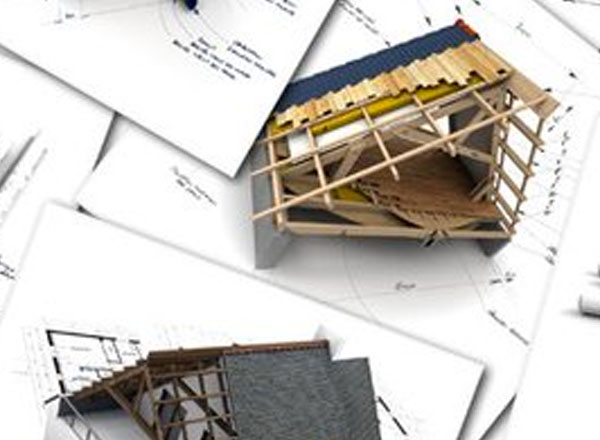
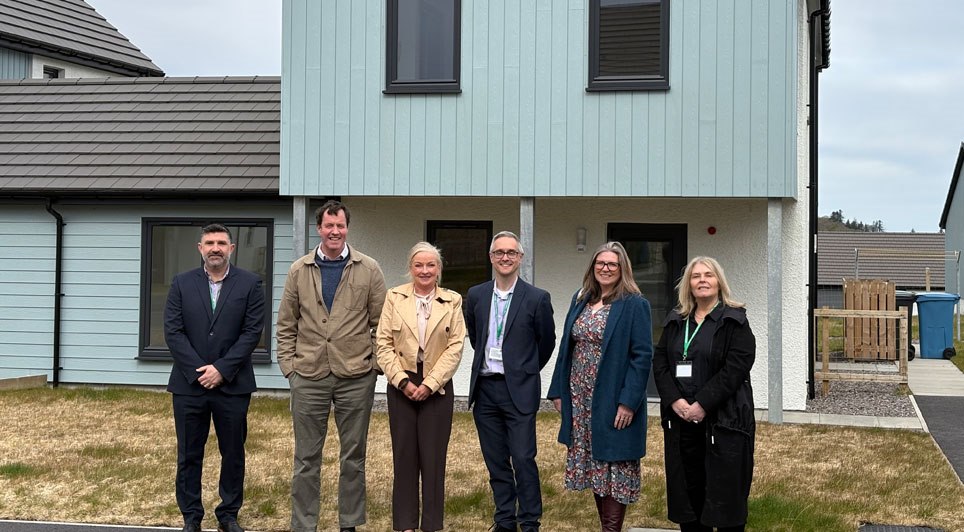
29/04/2025
Albyn Housing Society, a major social housing provider operating across the Highlands, is expanding its portfolio to the Isle of Skye for the first time.
The society, which manages almost 3,900 properties across 80 rural communities on the mainland, will soon hand over seven new affordable homes i
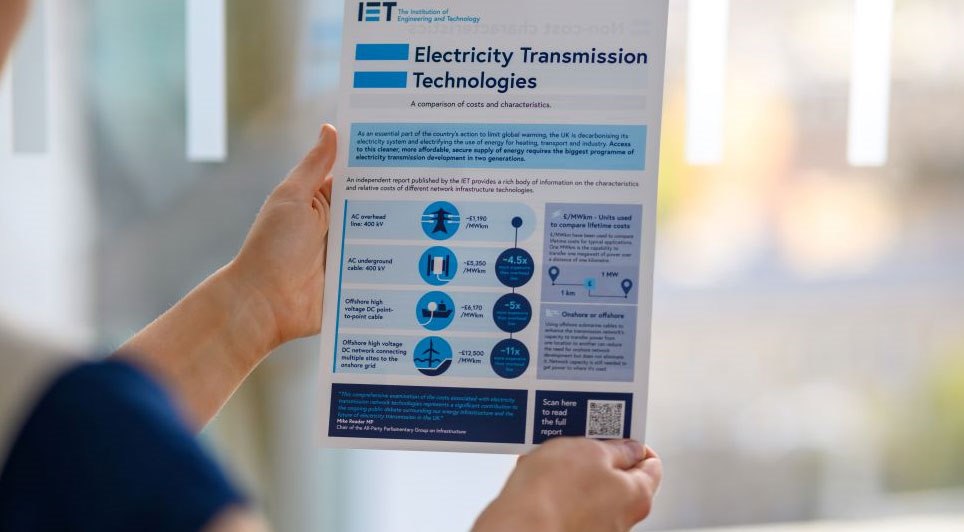
29/04/2025
As SP Energy Networks progresses with its ambitious £10.6 billion investment plan (RIIO-T3) to upgrade Central and Southern Scotland's electricity transmission network between 2026 and 2031, a new independent report has shed light on the costs and characteristics of various transmission technologies

29/04/2025
Casey Gardner, a 19-year-old apprentice painter and decorator from Fife, is set to represent Scotland in the national final of the prestigious 2025 PDA Premier Trophy Awards – Apprentice of the Year Competition.
Ms Gardner secured her place after a successful performance in the Regional Heat held
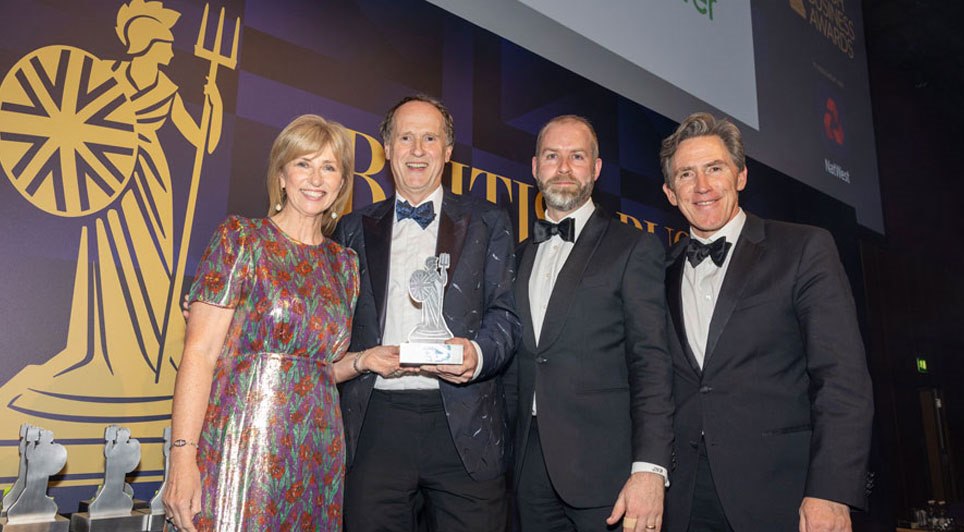
29/04/2025
Keith Anderson, Chief Executive of ScottishPower, has been named Business Leader of the Year at an awards ceremony held at the EICC in Edinburgh. Mr Anderson was chosen from a shortlist of eight company leaders, including representatives from The Ivy Collection, Greggs, Cazenove Capital, and the Mur

29/04/2025
Significant progress has been made this week on major development plans for the strategically important Hunterston site in North Ayrshire.
Members of the council's Planning Committee approved proposals for the creation of a salmon rearing facility at the location.
The applicants, Bakkafrost Scotl

29/04/2025
The local community in Innerleithen, including pupils from St Ronan's Primary School and local councillors have celebrated the official reopening of the village's play park following significant improvement works.
The much-anticipated upgrades to the facility include extensive drainage work and the
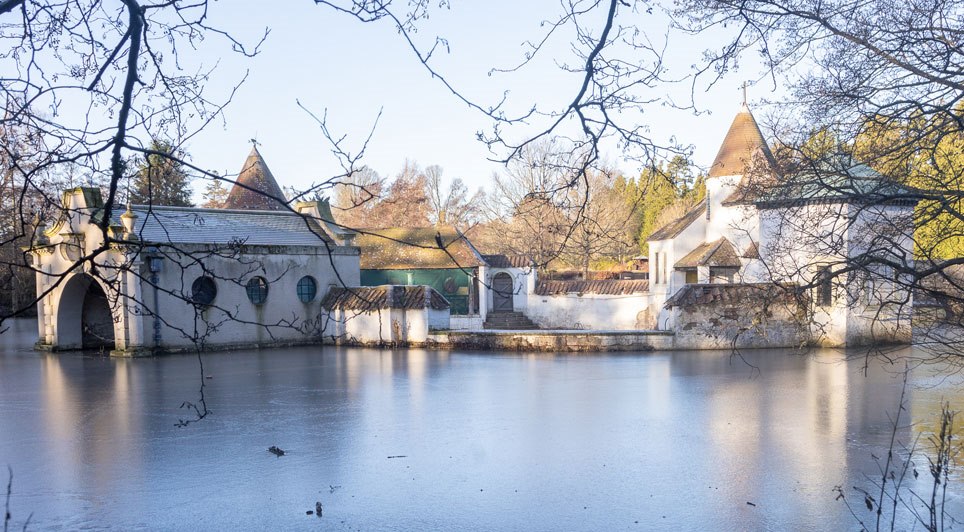
29/04/2025
Craigtoun Country Park, a popular destination near St Andrews, is poised to see a significant upgrade to its beloved Dutch Village situated on the boating lake. The structure is set to undergo essential repairs, including new rendering and roof tiles, thanks to newly secured funding.
Fife Council h
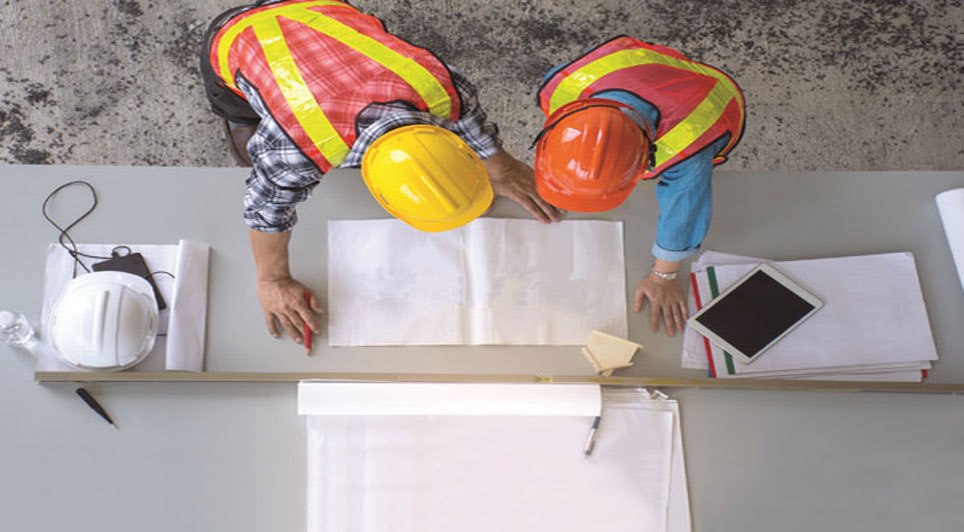
29/04/2025
Residents of the Kirkton area of Dundee are a step closer to a new community centre following the allocation of £1.5 million in funding. The money has been awarded to local charity Kirkton Community Centre SCIO through the UK Government's Community Regeneration Partnership (CRP).
The funding will e

29/04/2025
Gas network operator SGN has been lauded for its exceptional commitment to customer service, securing four prestigious gold awards at the CCA Global Excellence Awards 2025 ceremony held in Glasgow last night. The accolades affirm SGN's position as industry leaders in customer care and innovation.
T

29/04/2025
A collaborative effort involving public, private, and academic organisations has culminated in the launch of a ten-year strategy aimed at fostering sustainable economic growth across the Highlands and Islands. The Highlands and Islands Regional Economic Partnership (HIREP) has unveiled its Regional
 Scotland
Scotland UK
UK Ireland
Ireland London
London











